Turmeric is all the rage these days. This ancient spice has been a staple in Indian and other Asian cuisines for centuries, but only recently has it become widely sought-after due to the healthful benefits of curcumin, which is found abundantly in the fresh rhizomes.
Not just for dreamy butter chicken or luscious curries, turmeric can be added to beverages like golden lattes. When you’re looking to try cooking with turmeric and you don't have it in your pantry or you’ve just run out, worry not.
In this article we cover several pantry staples that can save your dish, with a turmeric substitute overview below.
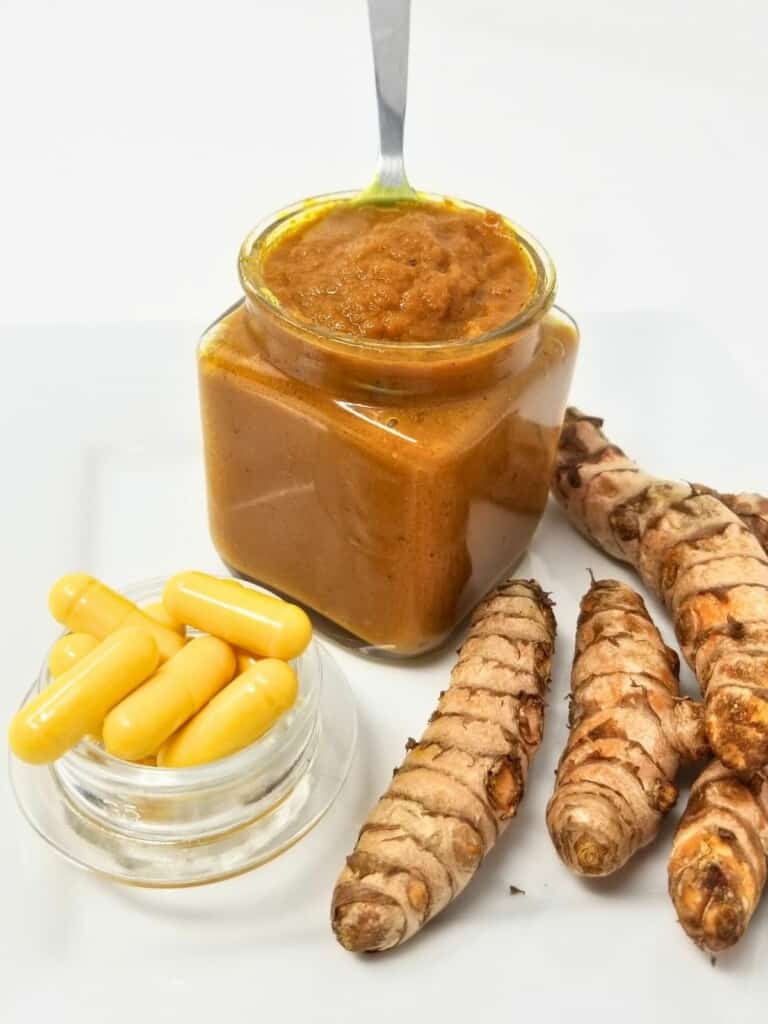
Turmeric Substitute Ideas
Saffron - Saffron is a rather expensive turmeric substitute. It has a similar color to turmeric, but has a more distinct and intense flavor.
Cumin - Cumin has a similar earthy taste and aroma to turmeric, and can be used as a substitute in dishes such as curries and stews.
Curry Powder - Curry powder is a blend of various spices, including turmeric, and can be used as a substitute for curcumin in dishes that call for turmeric.
Mustard Powder - Mustard powder has a similar golden color to turmeric and can be used in small quantities as a turmeric substitute.
Annatto Powder - Annatto powder is derived from the seed of the achiote tree and has a similar color to turmeric and a slightly sweet, nutty flavor.
Jump to:
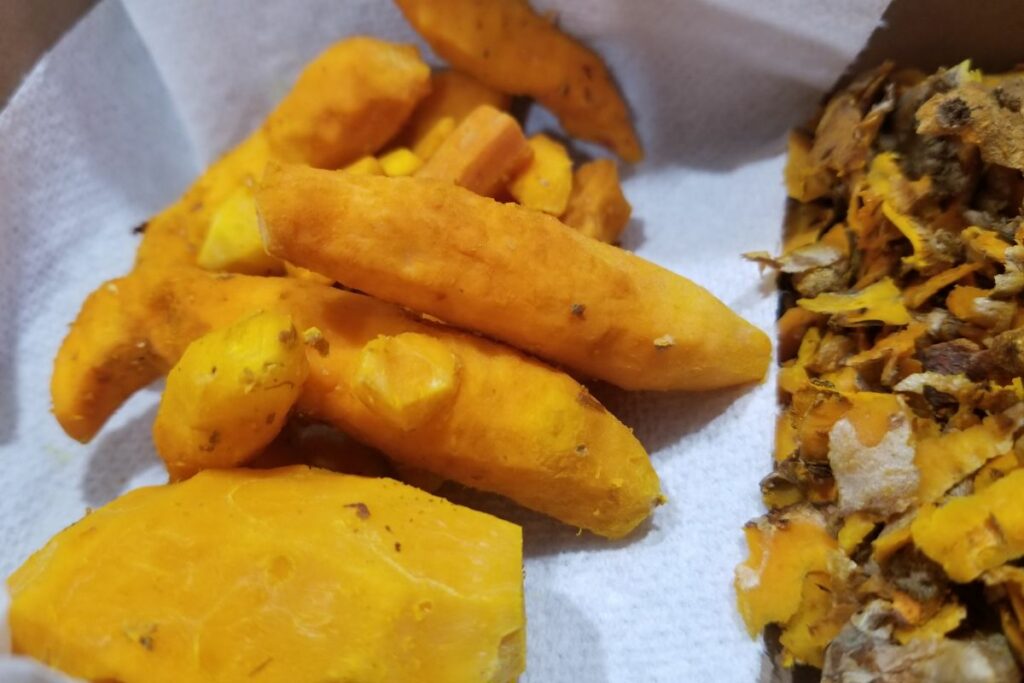
🥘 What is Turmeric? (Health Benefits)
Turmeric root is a rhizome, just like its cousins ginger and galangal. This fleshy, root-like ingredient is native to Southeast Asia and India and has been used in cooking for hundreds of years.
It has also been used in ayurvedic and other forms of traditional medicine in China and India, as a perfume, coloring agent, and more recently, as a dietary supplement for a variety of health conditions.
It's almost always ground into the form of a golden yellow powder or used fresh, often in the form of golden paste. This slightly bitter yet sweet, warm, and earthy-flavored golden-orange spice is known for adding color, flavor, and nutrition to foods.
Widely popular for the active ingredient, curcumin, turmeric is getting tons of attention. Curcumin offers numerous health advantages, including potent anti-inflammatory and antioxidant properties. It’s also what's responsible for giving the spice its signature yellow hue.
While curcumin naturally has a low bioavailability, scientists recommend cooking it with black pepper and mixing with oil to improve the body’s absorption of the spice. We’ve summed up the wide range of benefits that turmeric has to offer here:
- Has positive effects on diseases like oxidative and inflammatory diseases like metabolic syndrome (MetS).
- Curcumin may help treat many chronic diseases like inflammatory bowel disease (IBS), pancreatitis, and arthritis.
- Lowers cholesterol.
- May help prevent and treat Alzheimer's disease.
- Is used in many skincare and beauty cosmetics because it's known to treat various skin conditions.
- Aids in battling depression, which often has an inflammatory component.
- Helps in preventing eye-degeneration.
- Assists in managing or preventing heart disease.
- Because of its chemical structure, curcumin is a powerful antioxidant that can protect against free radicals by neutralizing them.
- Helps to control diabetes by decreasing insulin resistance in the body, which can help to prevent the development of type 2 diabetes.
- The curcumin in turmeric may slow the growth of new blood vessels in existing tumors, prevent metastasis (the spread of cancerous cells), and possibly aid in the elimination of cancerous cells.
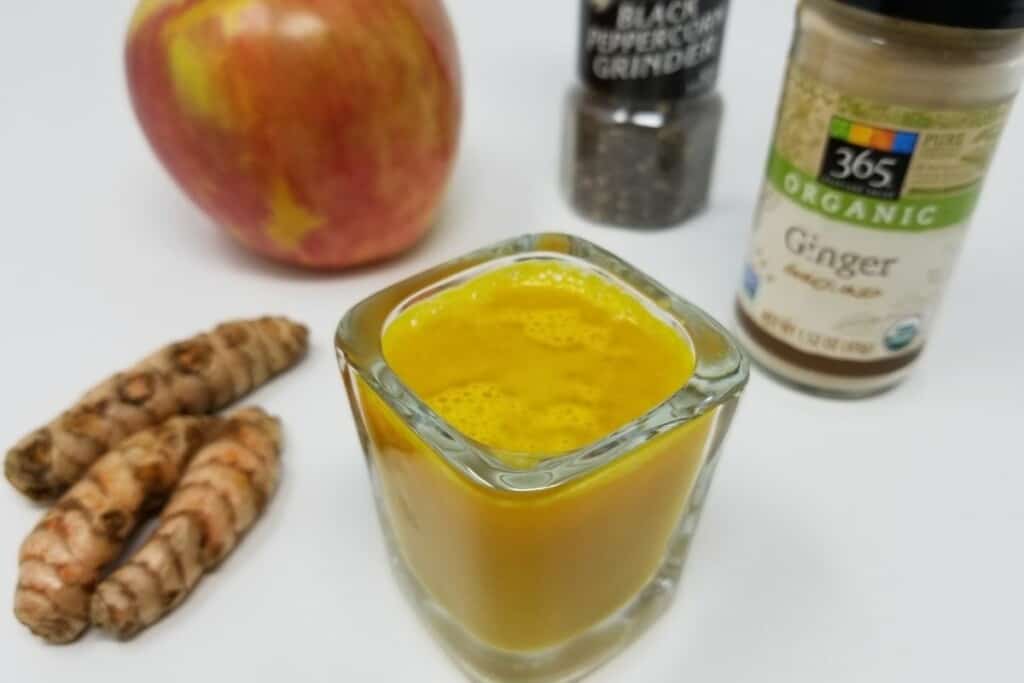
👩🏻🍳 How to Use Turmeric
For thousands of years, turmeric has been a prized beauty ingredient and spice. Turmeric is found in many health supplements and face and skin care products.
Thanks to its anti-inflammatory, antimicrobial, and antioxidant properties, turmeric has some amazing benefits for your skin. One of the most notable characteristics of turmeric is that it may provide glow and luster to the skin due to its active ingredient: curcumin.
It may even be an effective treatment for a variety of skin conditions, including acne & acne scars, eczema (atopic dermatitis), photoaging, and psoriasis. Turmeric may also revive your skin by bringing out its natural glow.
The culinary uses for turmeric are endless! Turmeric's slightly warm and peppery flavor complements cauliflower, potatoes, and root vegetables particularly well. It also makes for a superbly nutritious rice dish. If you’re unfamiliar with turmeric, this is a good place to start cooking with it, because the flavor is more subtle.
The flavor is fairly mild, so it won't overpower the food you’re cooking. Start with a small amount and increase the quantity once you get used to it. You also wouldn’t want your dish to be too yellow or earthy in flavor; a light golden hue is just right.
Here are some recipes to start experimenting with this rhizome. Don't forget to season with black pepper (if tolerated) to increase bioavailability, and make sure to wear gloves & use an apron when peeling fresh turmeric, because it stains.
- Rub it onto your favorite cut of meat, like these honey turmeric chicken thighs.
- Make yellow rice or if you’re not a fan of rice, spice up other grains like quinoa, bulgur, and couscous. They all go amazingly well with turmeric and a pinch of cumin.
- Use it in soups and porridges.
- Make a beverage out of it like a smoothie or a golden milk latte.
- Juice fresh turmeric roots & ginger roots to make apple ginger turmeric shots.
- Mix it into your favorite soups and stews for a color burst. More than Indian curries, it goes well with potato soup, carrot soup, and lentil soup.
- Add it to your hummus instead of paprika for a nice golden hue. Toast some sesame seeds as an added garnish and you’ll have amped up your usual mezze.
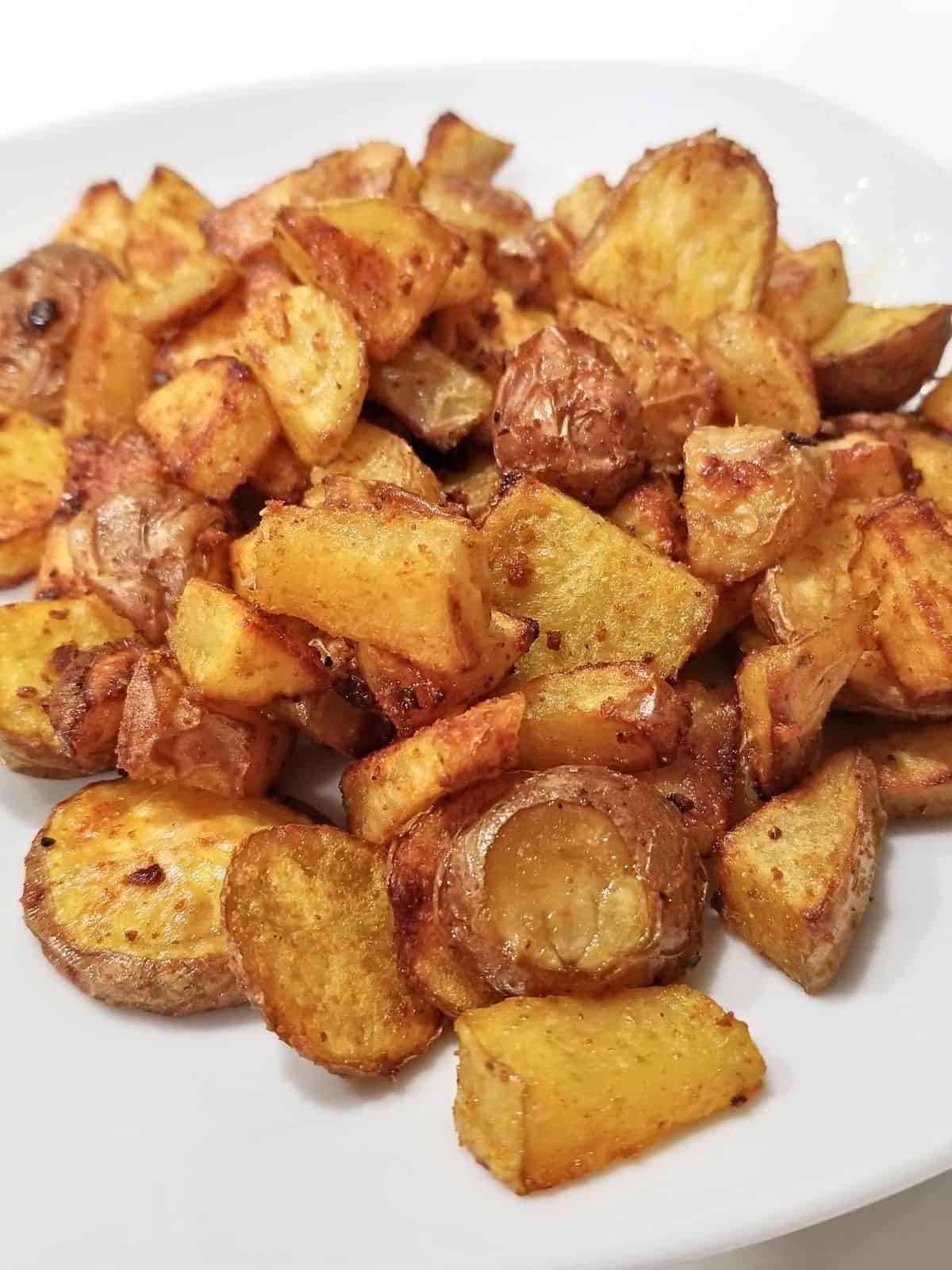
🌟 5 Best Turmeric Substitute Options
Ground turmeric is a spice that not only adds a delicious flavor to your food, but is also high in antioxidants. If you’re looking for a swap for this popular spice because you don't have it on hand, don't worry because we've got you covered.
While these turmeric substitutes do not provide the same nutritional benefits as turmeric due to the lack of curcumin, they can be used to add color and flavor to dishes while still making them look and taste great.
When substituting turmeric, it is important to consider the flavor profile of the recipe you are making, whether it's a hot dish, an appetizer, or a beverage. Also consider the color.
Some spices, like saffron, annatto powder, and mustard powder, you can substitute for turmeric in equal amounts for color but not in flavor. So I’d recommend always starting with less of the sub than the amount of turmeric called-for.
Some alternatives, on the other hand, have stronger flavor, like cumin and curry powder, so these should also be used in lesser amounts.
Cumin
If you don't have turmeric on hand but still want a similar warming taste and distinctive color in your dish, ground cumin, or cumin powder, is an ideal substitute.
When using cumin, take care not to overdo it because the spice has the potential to overpower the flavors of your dish. Its unique flavor is unmistakably earthy, and slightly bitter with a tangy, sweet, but pungent aroma. It also has nutty and citrus undertones, depending on the variety.
Use it sparingly as a turmeric substitute in sauces, soups, and marinades, particularly when you like cooking Middle Eastern or South American cuisine. A safe starting point is to use a 1:2 swap. Taste your recipe before adding in some more.
Cumin has some health benefits, but it is not as nutritious as turmeric. These include digestive, immune, and circulatory system support, though evidence is limited lack of research. It is also said to contain antioxidants, and have anticancer and anti-inflammatory properties.
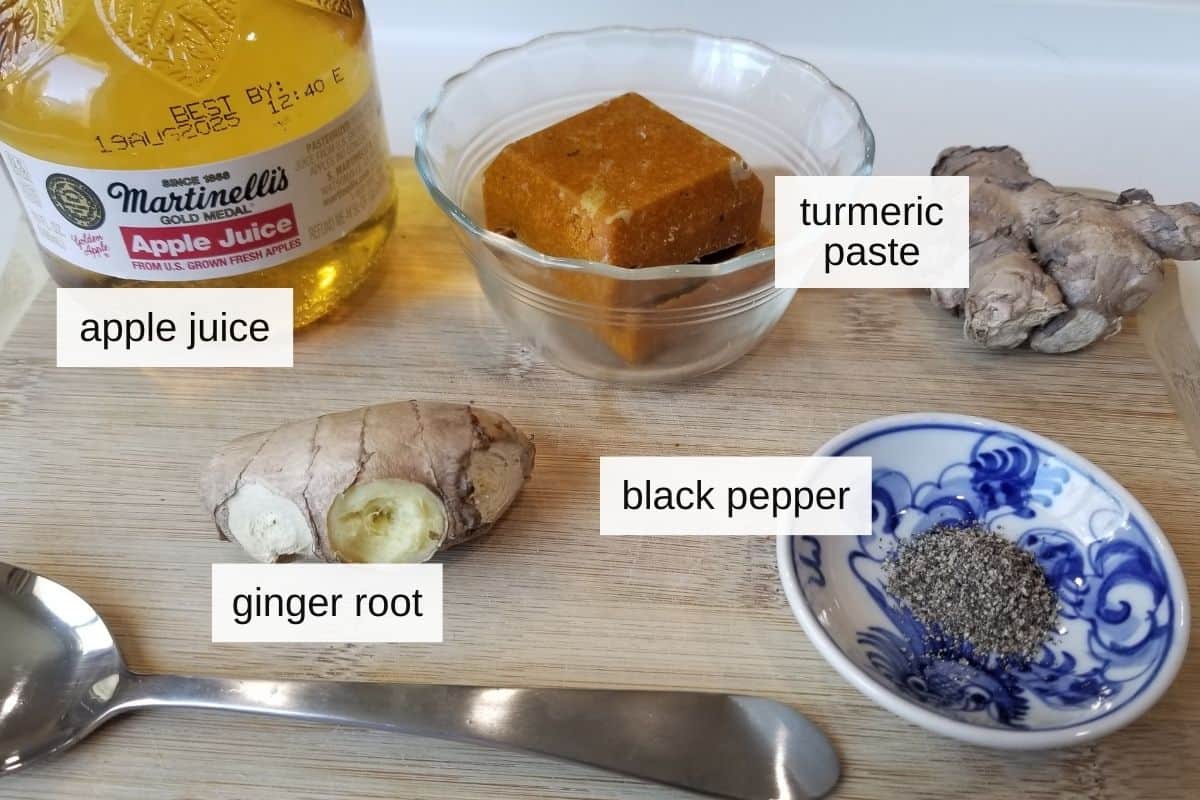
Curry Powder
Curry powder is a spice blend that includes turmeric, cumin powder, ginger, and coriander powder and can be used in recipes that call for turmeric. The turmeric in this spice blend imparts a yellow color as well as subtle earthy flavors.
Because turmeric is a key ingredient in curries, curry powder is the perfect alternative for those already making it at home. All the necessary flavors are already in one convenient spice. It works well as an alternative in many South Asian and Indian dishes.
Take note that this substitution may affect the taste of your dish because it contains other spices in the mix so swap prudently. The powder may also give your dishes a kick because not curry powders are blended the same.
Some will have cayenne peppers, chili peppers, cinnamon, and garlic, so choose carefully according to your tolerances. You can test a small amount and then taste your recipe before adding some more. A 1:2 ratio when swapping curry powder for turmeric is a good start; you can always add more, to taste.
Mustard Powder
Mustard powder or dry mustard seeds mimic the same golden color, though not as strongly as turmeric. It is made by grinding yellow mustard seeds (Brassica alba), the sharply flavored, aromatic seeds belonging to the cabbage family.
Mustard seeds and mustard powder have a strong flavor that add acidity to dishes. This acidity adds a wonderful tang to a variety of dishes. When you want a stronger flavor that will complement the acidity of the dish, mustard powder is a great substitute for turmeric.
Though mustard powder has a similar golden color to turmeric and can be used as a substitute in small amounts, it doesn’t have a similar flavor as turmeric. The flavor of this spice is earthy, mildly spicy, with a pleasantly pungency.
It enhances the flavor of meat, poultry, and seafood dishes, as well as salads, sandwiches, stews, spreads, and sauces. This popular spice is a kitchen favorite so you may have it in stock. As a swap for turmeric, use it in soups and curries in a 1:2 swap.
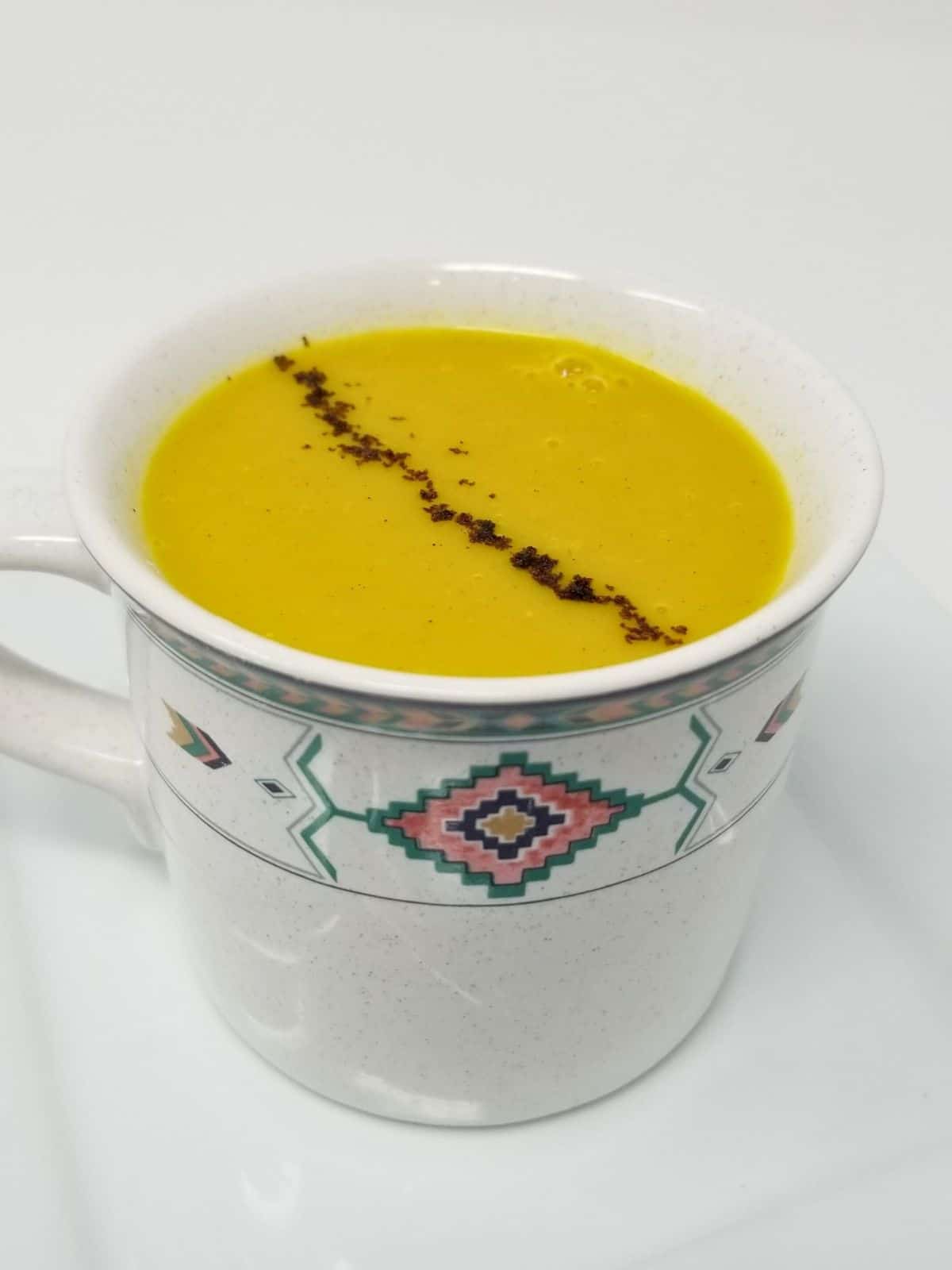
Annatto Powder
Annatto powder is derived from the seeds of the achiote tree and has a slightly similar color to turmeric as well as a mild earthy and peppery aroma. Achiote is native to the tropical regions of Brazil and Mexico. It's a popular seasoning and color additive in several cuisines across the world.
Its culinary use spans from coloring to aroma and flavor as well. It has a slightly sweet, nutty taste, and a nutmeg undertone. Annatto powder resembles saffron but is less expensive. Also known as "poor man's saffron, it will give your food an orange red color rather than the golden orange color you'd get from turmeric.
Annatto has been linked to a number of potential health benefits, including improved heart health and reduced inflammation. It may also have anti-cancer, anti-microbial, and antioxidant properties. Unlike the golden spice, annatto has received far fewer studies.
If you’re looking for a coloring substitute for turmeric, annatto powder is a good option because of its mild flavor. Although it won’t have the same nutritional benefits as turmeric, with its dark coloring effect, use it in a 1:2 swap.













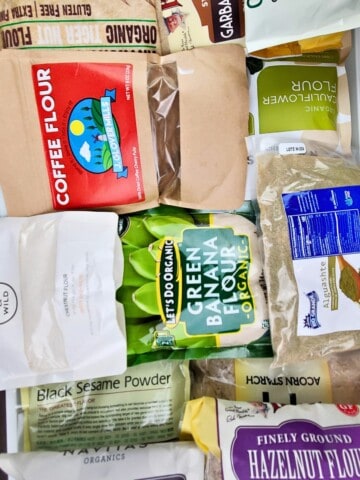
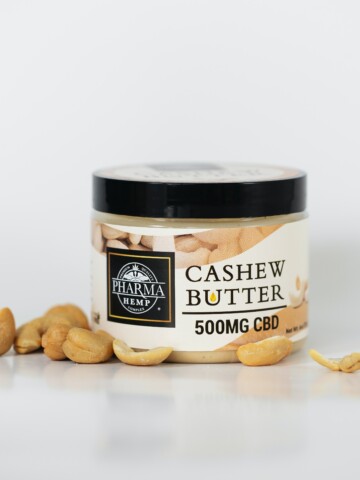
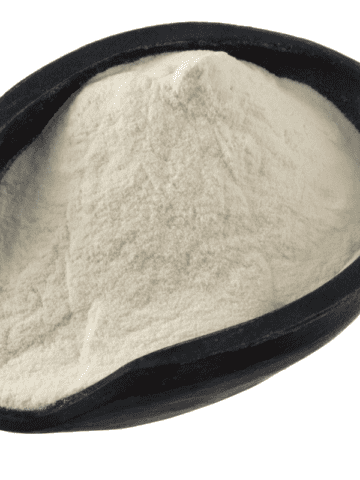
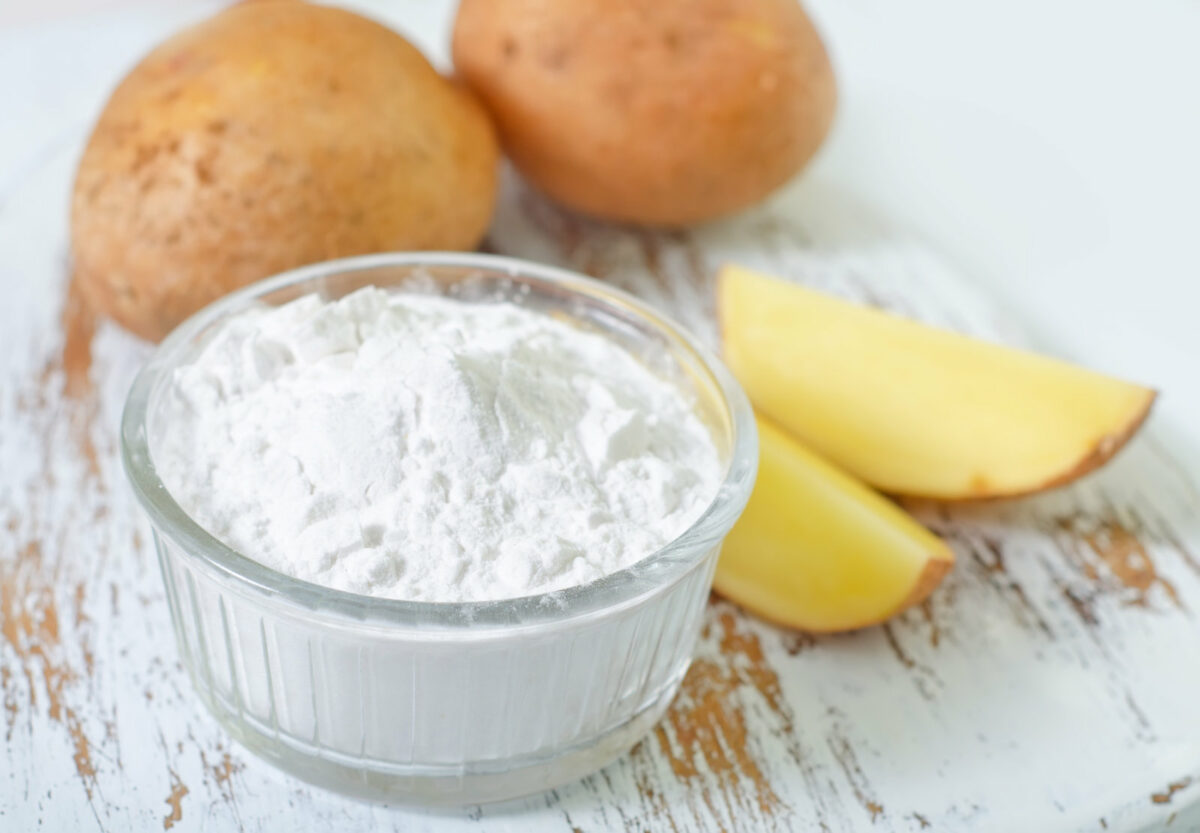
Comments
No Comments